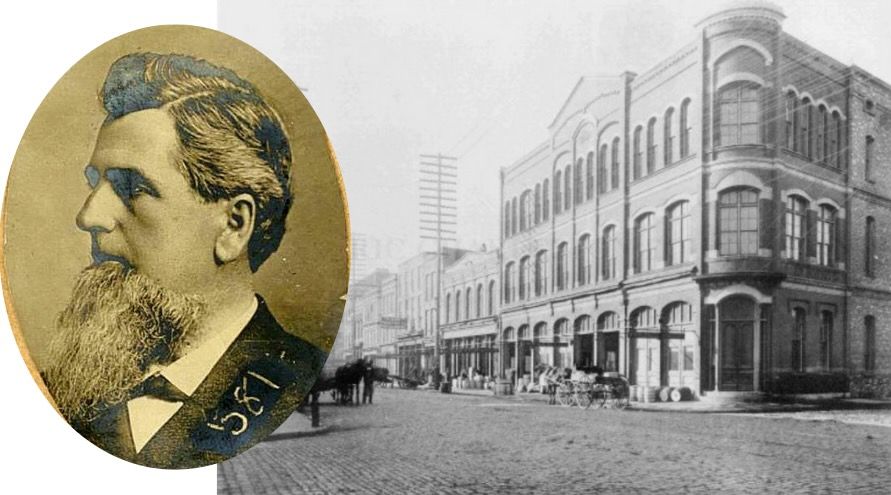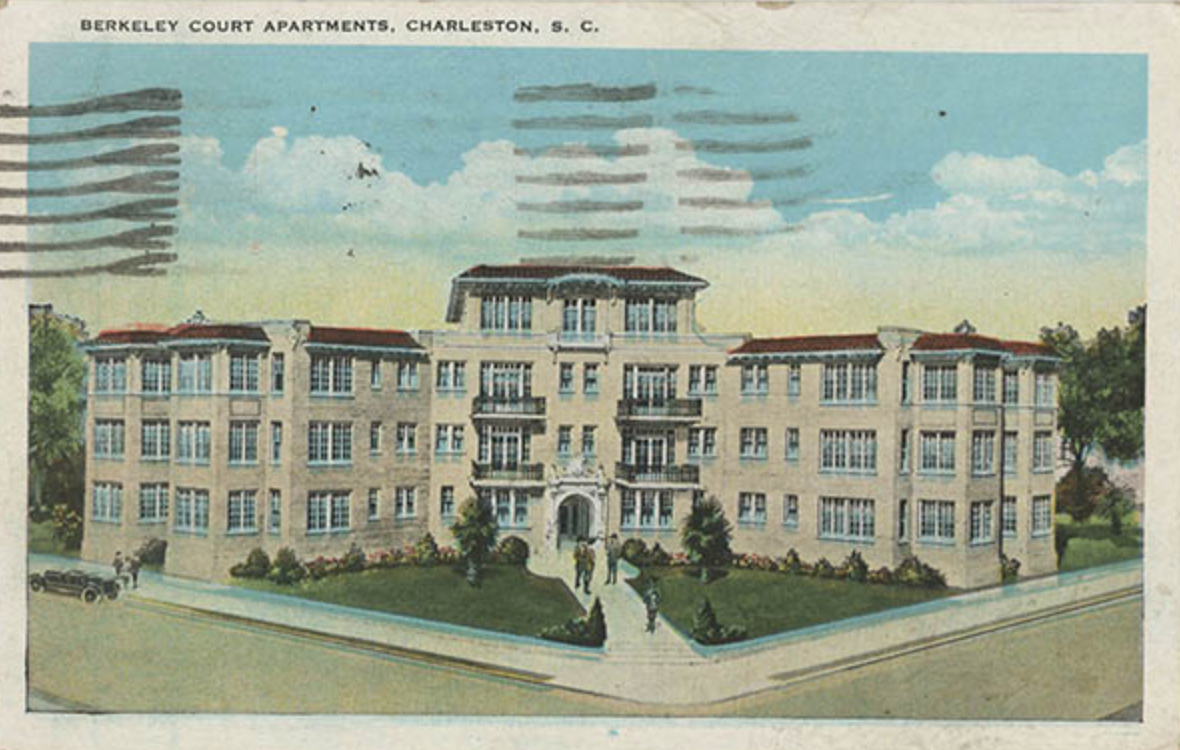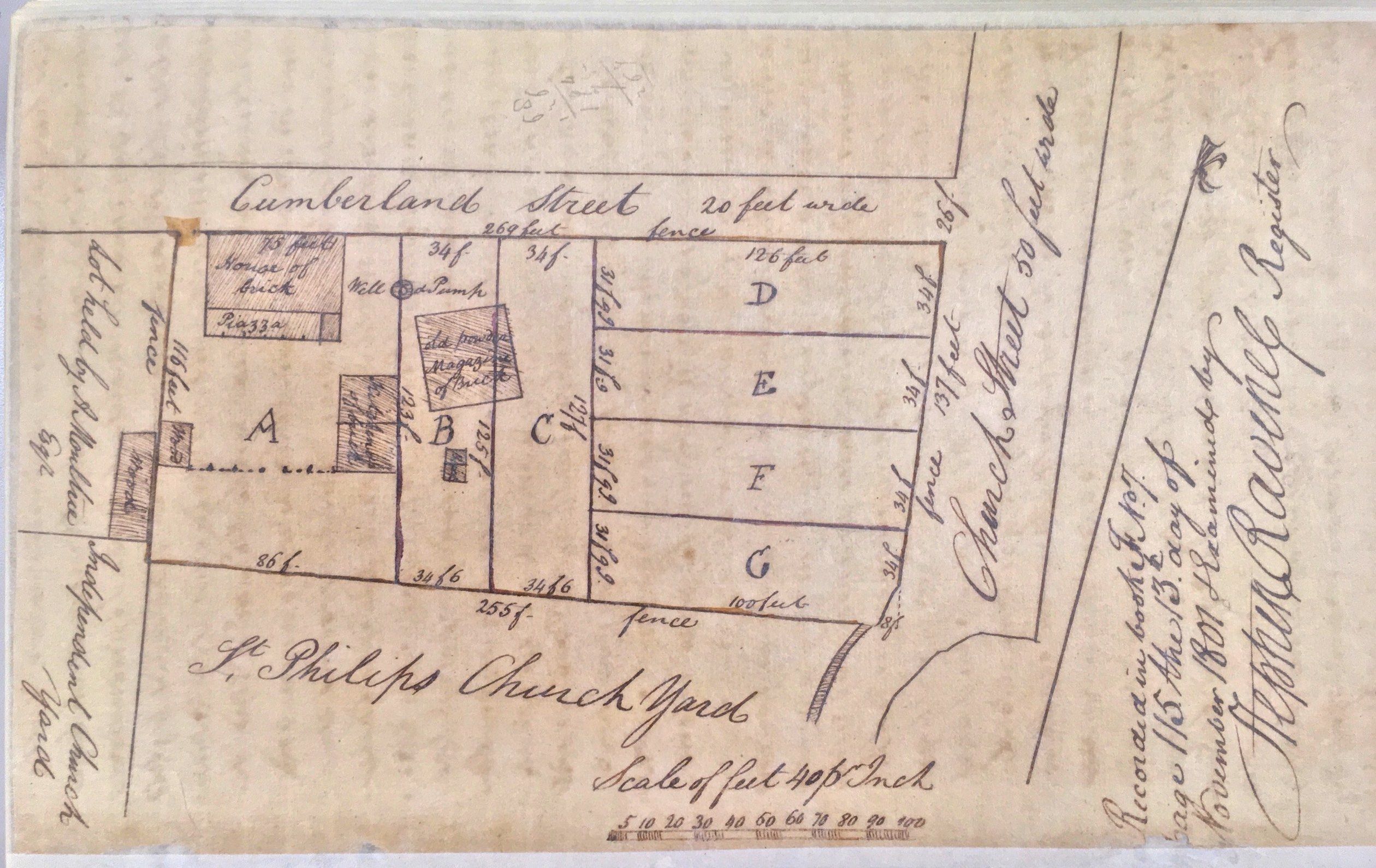Published September 24, 2024
Let's Get Small

The small home movement, which originated as a counter-culture initiative in the 1970s and 80s, focuses on simplified living in smaller spaces. Initially inspired by those who sought an off-grid lifestyle, the movement has evolved to embrace a variety of motivations, including environmental concerns, financial constraints, and a desire for more leisure time. With the average American home measuring around 2,600 square feet, downsizing appeals to many seeking to lessen their ecological footprint or those burdened by financial pressures, freeing themselves from the demands of larger homes.
The peninsula is surrounded by water on three sides, offering a unique sense of place and tranquility. Recently, we have witnessed a surge in creative small space living solutions, highlighting the innovative ways people are adapting to smaller homes.
These narratives not only highlight unique architectural and historical aspects of Charleston but also reflect broader trends in living spaces, underscoring the charm and adaptability of our community.
3 Queen Street
Delving into local history, we learn about F.W. Wagener, a notable figure in Charleston's commercial past. The building he commissioned in 1880, possibly incorporating earlier structures, played a crucial role in the wholesale grocery sector of the city. Wagener, a German immigrant who prospered in Charleston, not only operated a successful business but also resided in an elegant home at 117 Broad Street. He also owned a summer house known as Lowndes Grove located one the Ashley River on the upper peninsula. Ever wonder where Wagener Terrace got its name? That's right! His legacy lives on in places like Wagener Terrace, a neighborhood named in his honor, recognizing his contributions to the local economy.

63 Rutledge Avenue
Another significant structure in Charleston's history is the Berkeley Court Apartments, built in 1922. This high-class, fireproof apartment complex offered 30 units and luxurious amenities, including a private roof garden with stunning views and an elevator. Originally, it housed a variety of businesses on the ground level, including Plenge's pharmacy that provided a cool refuge for locals during warm days. My Aunt Dorothy was a "soda jerk" there back in the 1940's. I didn't know about that until I bought an apartment there many years ago. Oh boy did I love my time living at the Berkeley Court. The building's historical significance extends beyond its architectural features; it has various intriguing ties to the community and its developments over the years.

85 Cumberland Street
An interesting real estate narrative revolves around a property purchased in 1863 for $11,000 (Confederate dollars) that dwindled in value to just $850 by 1880. The 85 Cumberland Street site has seen various transformations since its original three-story construction in the 1700s, adapting to changing needs through the years, including a stint as a factory and later as modern apartments for war workers in the 1940s. Today, after undergoing significant renovation, Markets Gate at 85 Cumberland Street features two beautifully appointed condominiums ranging from 360 to 1,090 square feet, showcasing a successful blend of history and contemporary living.






